The nature of work is changing. It’s a good thing, but it does have downsides. And we need more than exercise to offset those downsides.
You’ll learn: how work has changed our bodies over the last 120 years, the number of fewer calories we burn daily, why exercise isn’t enough to offset our new work environments, a holistic solution to remain healthy working today.
Quick housekeeping:
I’ll be doing a Travis Manion Foundation 9/11 Heroes Run. Events are happening this month in 40+ locations across the country. Join me. TMF is a great organization that empowers veterans.
We still have a few spots left for the Misogi event in Costa Rica in January. We’ve partnered with GORUCK to bring it to you. It’s four days of learning and uncovering what we’re capable of.
Thanks to our sponsors GORUCK, Maui Nui Venison, and Momentous Nutrition for making great products and hooking up 2% readers with discounts. See below for codes and recommendations.
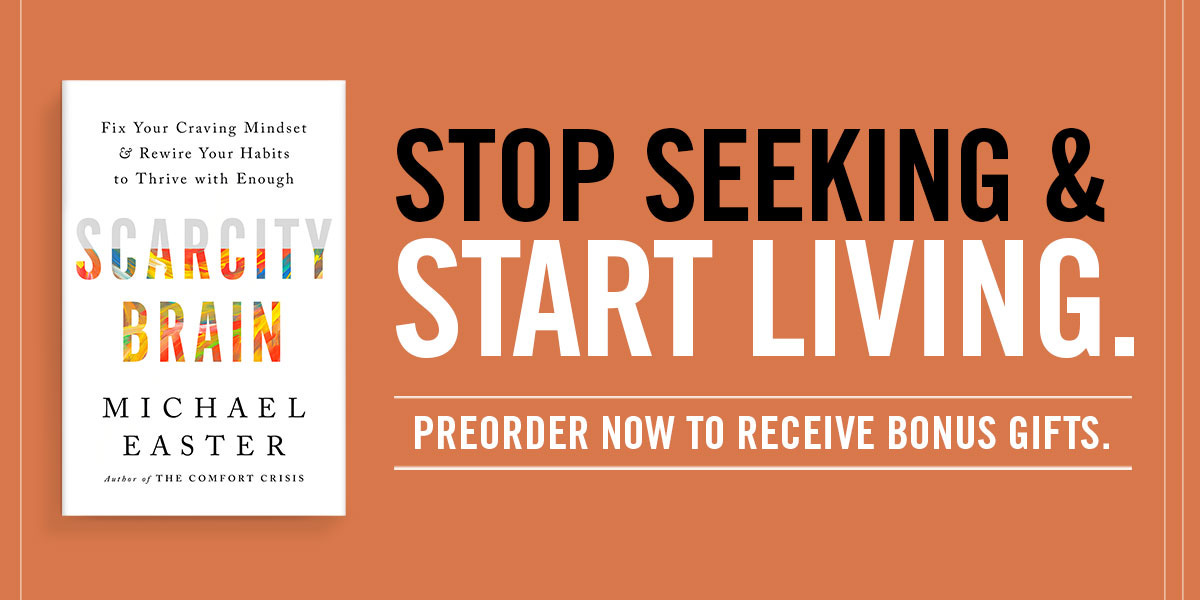
Today is Labor Day and I’m thinking about the changing nature of labor. What it was, what it now is, and how that’s affecting us.
We may all be surprised to learn that Labor Day isn’t just a day set aside to send out summer with one final barbecue. It celebrates the American Labor Movement.
Why we have Labor Day
In short
It celebrates the American Labor Movement, which organized to secure workers fair pay and hours and safer work conditions.
The details
In the late 1800s, the Industrial Revolution was in full swing. It shifted American workers from agricultural field work into factories, mills, and mines. These jobs were physically demanding.
The conditions were unsafe, unsanitary, and perilous. Our workers put in 12-hour days six to seven days a week and weren’t paid fairly.
Meanwhile, factory owners were getting rich.
The American Labor Movement organized workers to protest and change this. Over time, their efforts started working.
Our laborers’ jobs were still physically demanding. But slowly, the movement helped to make them much safer.
For example, consider the first survey of on-the-job deaths in the United States, which occurred in Allegheny County, Pennsylvania, from July 1906 to June 1907.
That year, in just that one county, 195 steelworkers died. In 1997, 17 steelworkers died in the entire United States.
The overall industrial death rate in 1913 in the U.S. was 61 deaths per 100,000 workers. In 1997, it was 4 per 100,000. Some industries still have relatively high fatal work injury rates—for example, “agriculture, forestry, fishing, and hunting” had a death rate of 19.5 per 100,000 workers in 2021—but the numbers are still multiples lower than they were around the turn of the century.
Pay also increased, and we established the eight-hour workday and overtime pay. We stopped employing kids. In 1900, 1 in 5 American children worked. Today, employing kids gets you jail time.
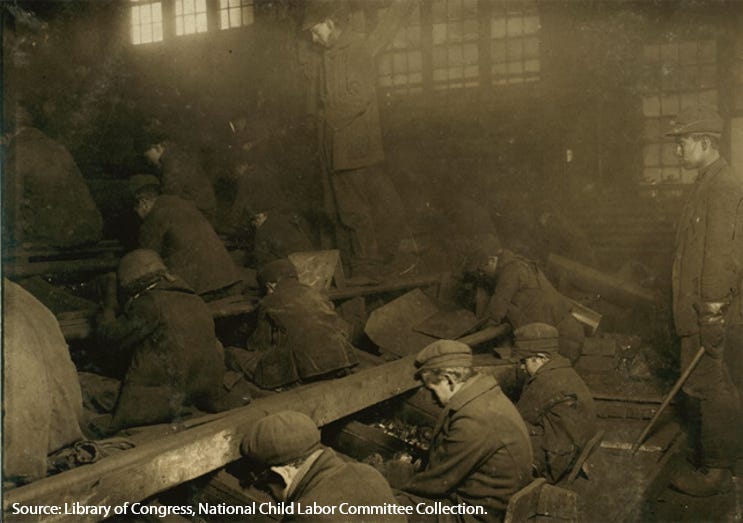
Labor Day celebrates the movement and the sweat and grit of the American workers who built this country—our skyscrapers, railroads, cars, and everything in between. It became a federal holiday in 1894, even as we were still struggling to make jobs safer.
The new dangers of work
In short
Research shows that the amount of physical activity we do at work has dropped significantly since 1960. This correlates with the sharp increase in weight.
The details
Today, modern workers are facing new dangers. But these dangers aren’t so overt. They’re unseen and insidious. They stem from how inactive our jobs have become.
Just 13 percent of jobs now require heavy labor. The shift to desk work has led Americans to sit 50 percent more than they did in 1965.
Compared to the average desk job, work that requires hard labor (e.g., carpentry or millwork) burns between 3 and 5.5 times more calories across a day.
So we can see how that loss of at-work physical activity adds up and impacts our health and waistlines.
Research bears this out. In 2011, scientists at Pennington Biomedical Research Center, one of the nation’s best health research facilities, wanted to know how changes in work since the 1960s have impacted weight changes.
They pulled 50 years of data from the Bureau of Labor and Statistics. Each month, that department surveys businesses to get a sense of what jobs employees are doing, what they’re earning, how many hours they’re working, and more.
The scientists then categorized the jobs—for example, into mining-logging, construction and manufacturing, information, financial services, professional/business services, education/health services, etc.
From there, the looked at existing data on how physically active those jobs are (measured in METs).
The result:
In the early 1960s, almost half of private industry occupations in the U.S. required at least moderate intensity physical activity and now less than 20% demand this level of activity.
We estimate that daily occupation-related energy expenditure has decreased by more than 100 calories in both women and men, and further, this reduction in occupational energy expenditure accounts for a large portion of the observed increase in mean U.S. weight over the last 5 decades.
The scientists determined that American men today burn an average of 142 fewer calories per day at work compared to the early 1960s. The results were similar for women.
And this, they believe, helps explain the change in weight. The average American man in the early 1960s weighed 175 pounds. Now he weighs 198 pounds.
Here’s the data visualized:
This graph shows how “sedentary” and “light” work have increased. Meanwhile, we’ve experienced a sharp decrease in work requiring a moderate level of physical activity.
This graph shows how on-the-job effort and calorie burn has decreased since 1960
This shows changes in the weight of the average American man and woman since 1960
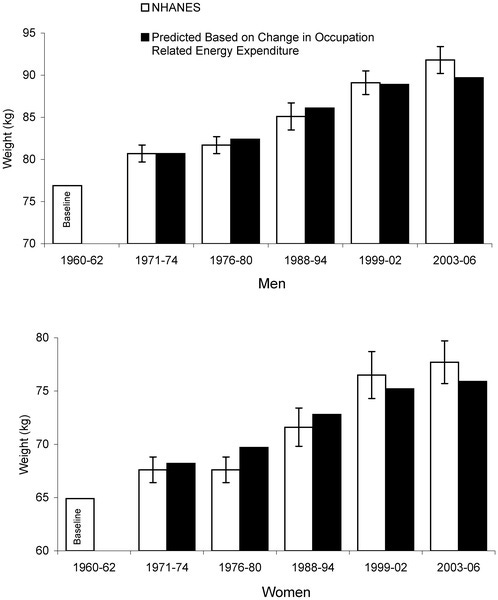
This weight change has hurt our health.
Being “overweight” or “obese” by BMI standards doesn’t guarantee you’ll experience chronic disease. Everything from where you store the weight to what you eat to your life stress alters your risk profile.
But being overweight or (especially) obese does, on balance, increases your risk.
Exercise helps. But it doesn’t fix the issue.
In short
People who exercise but sit the rest of the day have a 65 percent higher risk of disease compared to those who exercise and are lightly active throughout the day.
The details
Here’s a surprising finding: Exercise alone may not be enough to counter an inactive job.
One study found that people who worked out were far less likely to have heart disease and diabetes than sedentary people. Obviously!
But among the people who worked out, the ones who sat the rest of the day had a 65 percent higher risk of disease. Those who were generally active at other times of the day were the best off.
The fix is simple: Break up your bouts of sitting by being a 2-Percenter. Find little opportunities to move more.
When you get the mail, do a lap around the block. Or two.
Walk while taking work calls.
Park in the farthest spot always.
Take the stairs.
Toss on a ruck when you do chores around the house or when you walk your dog.
Use a standing desk for a couple of hours a day. Standing alone doesn’t burn many calories. But fidgeting can—and people who stand tend to shift around and fidget more.
Have exercise snacks where every, say, 30 or 60 minutes, you do a handful of reps of a bodyweight exercise.
Today, put labor back into Labor Day
And so: A proposal to celebrate the American workers who built this country. Let’s put the labor back into Labor Day.
Before you barbecue this weekend, do some hard labor. It could be a workout or a task you’ve been putting off.
But do it for 75 minutes. That’s the total amount of daily activity one large study found most offsets being sedentary.
I’m planning to do a long ruck in the desert; then I’ll organize my garage, which will require moving around big, heavy boxes filled with outdoor gear.
Have fun, don’t die, and enjoy your laborious Labor Day.
-Michael
Sponsored by GORUCK
When I decided to accept sponsorships for this newsletter, GORUCK was a natural fit. Not only is the company's story included in The Comfort Crisis, but I've been using GORUCK's gear since the brand was founded. Seriously. They've been around ~12 years and I still regularly use a pack of theirs that is 11 years old. Their gear is made in the USA by former Special Forces soldiers. They make my favorite rucking setup: A Rucker 4.0 and Ruck Plate. Use discount code EASTER9 for 10% off anything from GORUCK.
Sponsored by Maui Nui Venison
Axis Deer provides the healthiest meat on the planet. That's according to researchers at Utah State, who compared axis deer meat to beef and found that it contains 1 to 64 times more antioxidants, vitamins, minerals, and healthy fats. It also contains 53% more protein per calorie than beef. Here's a fascinating brief on the research. Equally important is that Maui Nui solves ethical considerations around meat. Axis Deer are an invasive species ravaging the Hawaiian island of Maui, and Maui Nui harvests the deer at night in a stress-free way, improving the ecosystem.
My picks: I like it and eat everything from Maui Nui, but the 90/10 Organ Blend is particularly great for people looking to get more micronutrients in their diet, and the Jerky Sticks are my go-to travel snack. Use discount code EASTER for 15% off.
Sponsored by Momentous
Momentous made me feel good about supplements again. Over 150 professional and collegiate sports teams and the US Military trust their products, thanks to the company’s rigorous science and testing. I don’t have the time or desire to cook perfectly balanced meals that give me all the necessary nutrients and protein I need (let’s face it, few of us do!). So I use their collagen in the morning; Recovery protein during hard workouts; essential multivitamin to cover my bases; creatine because it’s associated with all sorts of great things; and Fuel on my longest endurance workouts on 100+ degree days here in the desert (because Rule 2: Don’t die). And I also love (love!) that Momentous is researching and developing women-specific performance supplements. Use discount code EASTER for 15% off.


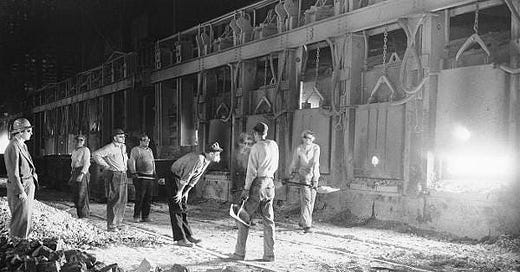

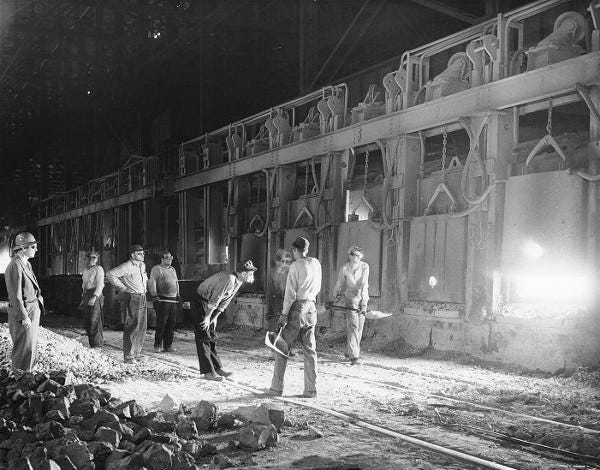
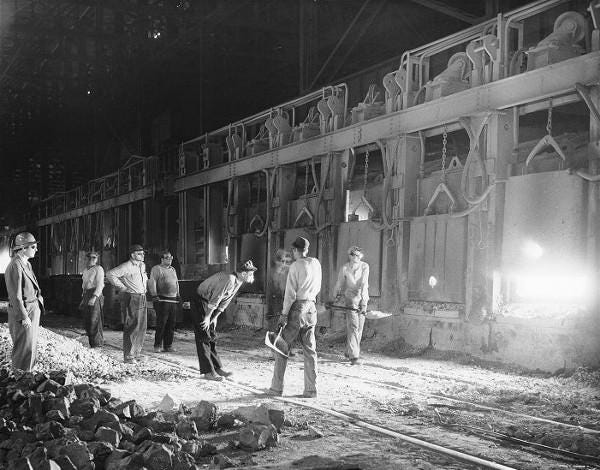


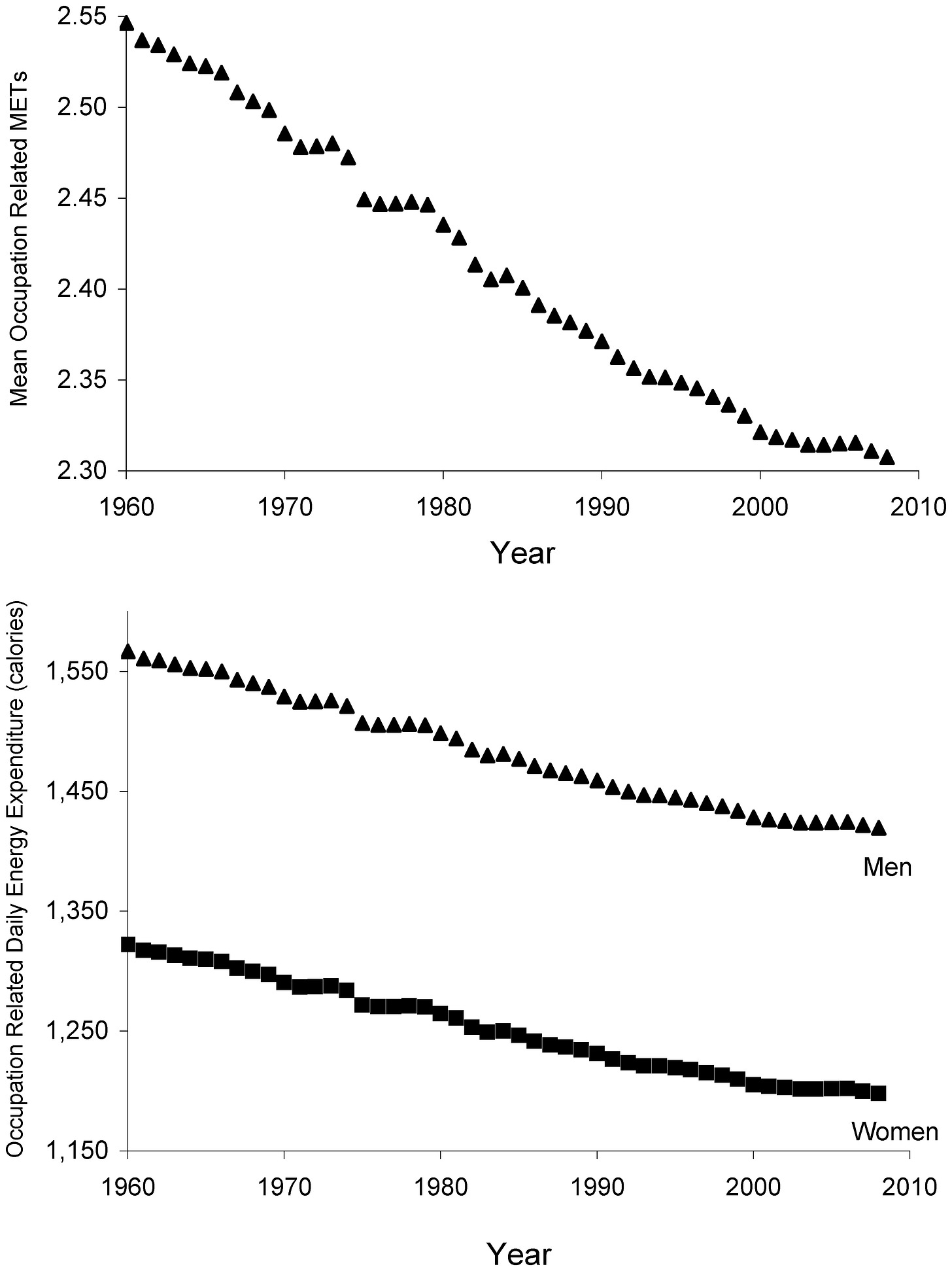
Very interesting read! I’m actually from the Pittsburg area and started out of college in steel. Talk about a crazy industry. Some of the stories the more tenured workers had were crazy. And that was after all sorts of safety rules and regulations were put in place! It’s been a couple years, but the book “Meet you in hell” by Lee Standiford is a really interesting read on the steel industry, Andrew Carnegie, Henry Frick and the labor movement for anyone interested.
I’m doing the TMF 9/11 Memorial in the rucking division. Glad they and GoRuck partnered so I can participate.